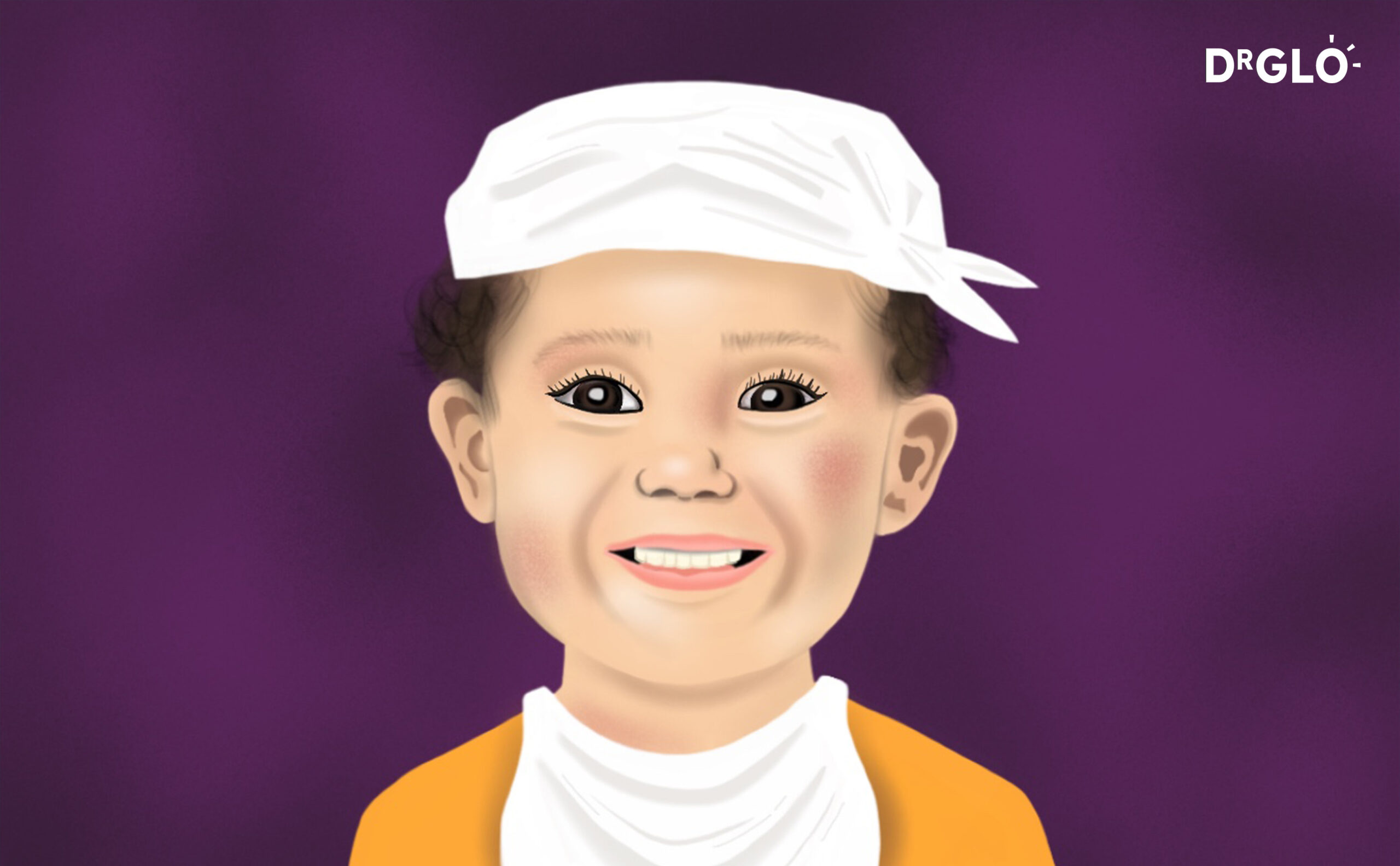
What is wet dressing?
Wet dressings, also known as wet wraps, can be an effective treatment for a variety of skin conditions including eczema. The process usually involves the following steps:

- Application of Medication or Moisturizer: A prescribed topical medication or emollient is applied generously to the affected area of the skin.
- Wet Layer: A layer of gauze or soft cotton fabric is soaked in lukewarm water, wrung out, and then applied over the area where the medication or moisturizer was applied.
- Dry Layer: Over the wet layer, a dry layer of gauze or soft cotton fabric is applied. This helps retain the moisture and warmth, thereby promoting better absorption of the medication or emollient.
- Duration of each treatment: The wet dressing is usually left on for 30-60 minutes.
- Frequency of applications: can be performed once or twice daily, until the skin and symptoms improves.
What are the benefits of wet dressings?
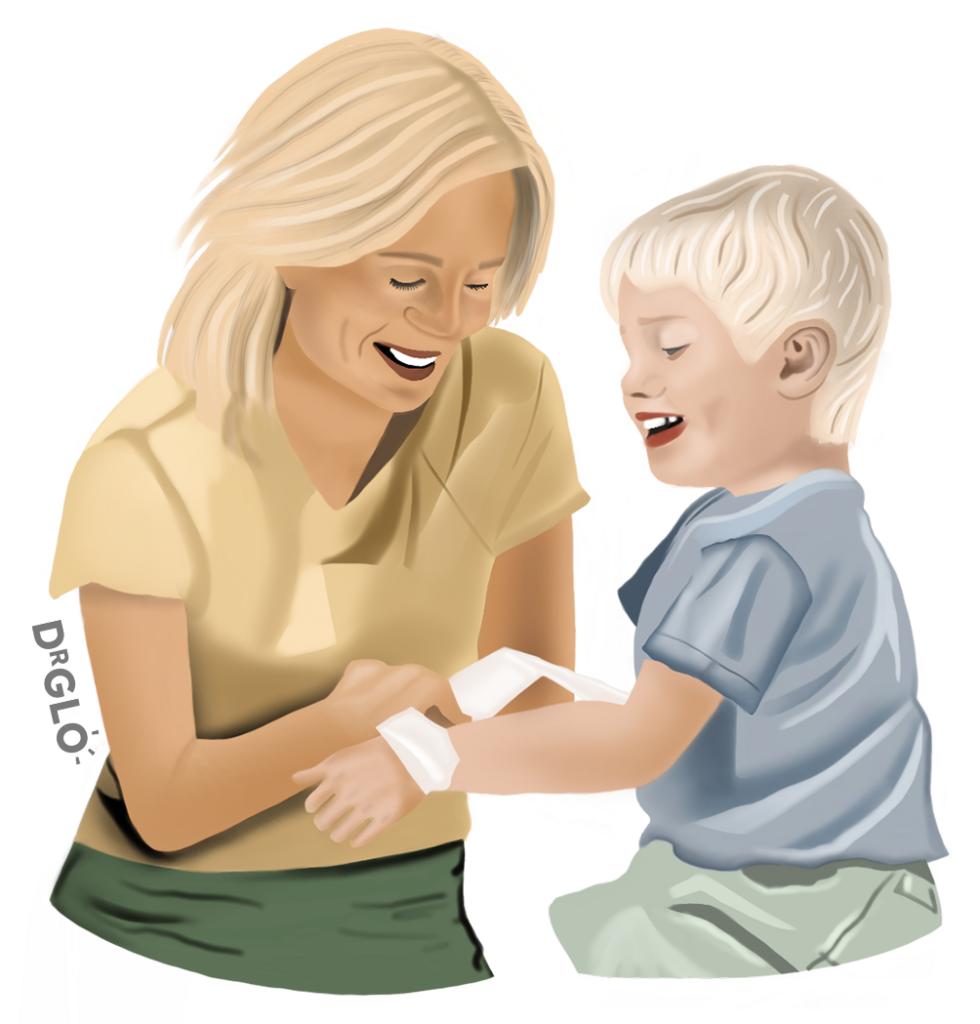
- Cooling Effect: The wet layer provides a cooling effect, which can help soothe inflamed or irritated skin.
- Increased Absorption: The moisture and warmth can enhance the absorption of topical medications or moisturizers, making them more effective.
- Barrier to Scratching: Wet dressings can act as a barrier, preventing scratching of itchy or irritated skin, which can further exacerbate the condition.
- Reduction of Symptoms: Wet dressings can help reduce symptoms like itching, dryness, and scaling of the skin.
What can I use as a “dressing”?
In the hospital setting, tubular or traditional bandages are often used for wet dressings. While effective, it might not be convenient or cost-effective for at-home care. Thankfully, there are affordable and practical alternatives using everyday household items: It is important to make sure the wet and dry layer items are 1. Made of cotton 2. Be comfortable enough to be worn directly on the skin 3. Be clean and not soiled. Here are some suggested alternatives:

| Area | Wet Layer Options | Dry Layer Options |
|---|---|---|
| Body/hands/feet | T-shirts, underwear, singlets, tights, pajamas, socks, bandages, gloves | Jumper, suits, pants, socks, blankets, bandages |
| Head/face/neck | Handkerchief, bandana, scarf, cotton beanie | Cotton hat |
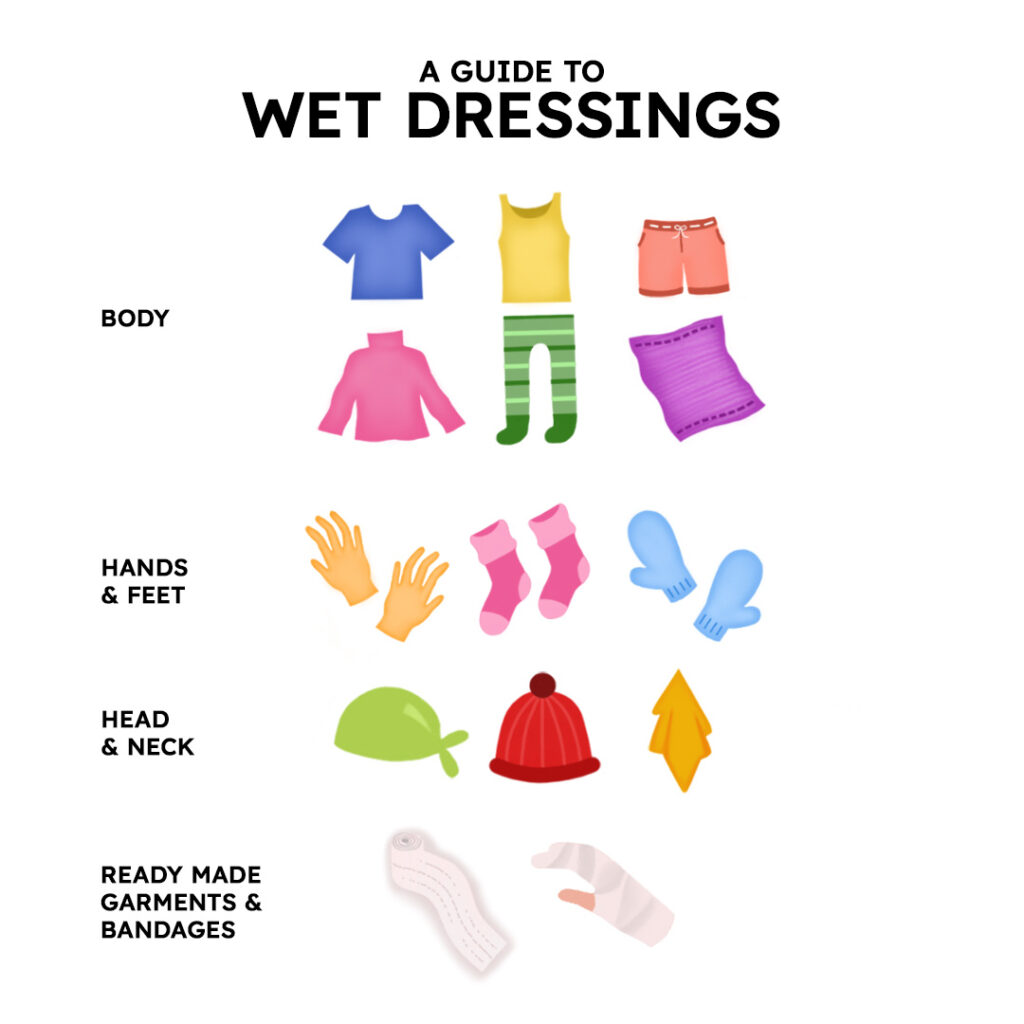

What are the steps to do wet dressings?
- Apply GENEROUS amounts of emollients (ointment or cream) over the entire body (making sure to apply emollient in single downward direction
- After that, apply GENEROUS amount of prescribed topical corticosteroid ointment over the areas affected by eczema
- Prepare the wet layer (as above) in warm water and wring out water to make it damp but not dripping wet
- Place the wet layer on top of the skin affected by eczema
- Place the dry layer on top of the wet layer
- Leave wet dressings in place for 30 – 60 mins or as tolerated
- Caution: When using wet dressings, watch the body temperature to avoid getting too cold especially for children. IIf cold, be near a heater or use a blanket to keep warm.
- Remove wet dressings
- Do not shower or rinse off after wet dressings
- Put on normal clothing.

HELPFUL ONLINE RESOURCES
SCAN QR CODE TO SHARE THIS ARTICLE
ADVERTISEMENT
 Common Skin Conditions
Common Skin Conditions Paediatric Conditions
Paediatric Conditions Skin Cancer
Skin Cancer Infectious Skin Conditions
Infectious Skin Conditions Other Skin Conditions
Other Skin Conditions Treatment & Management
Treatment & Management Prevention & Skincare
Prevention & Skincare


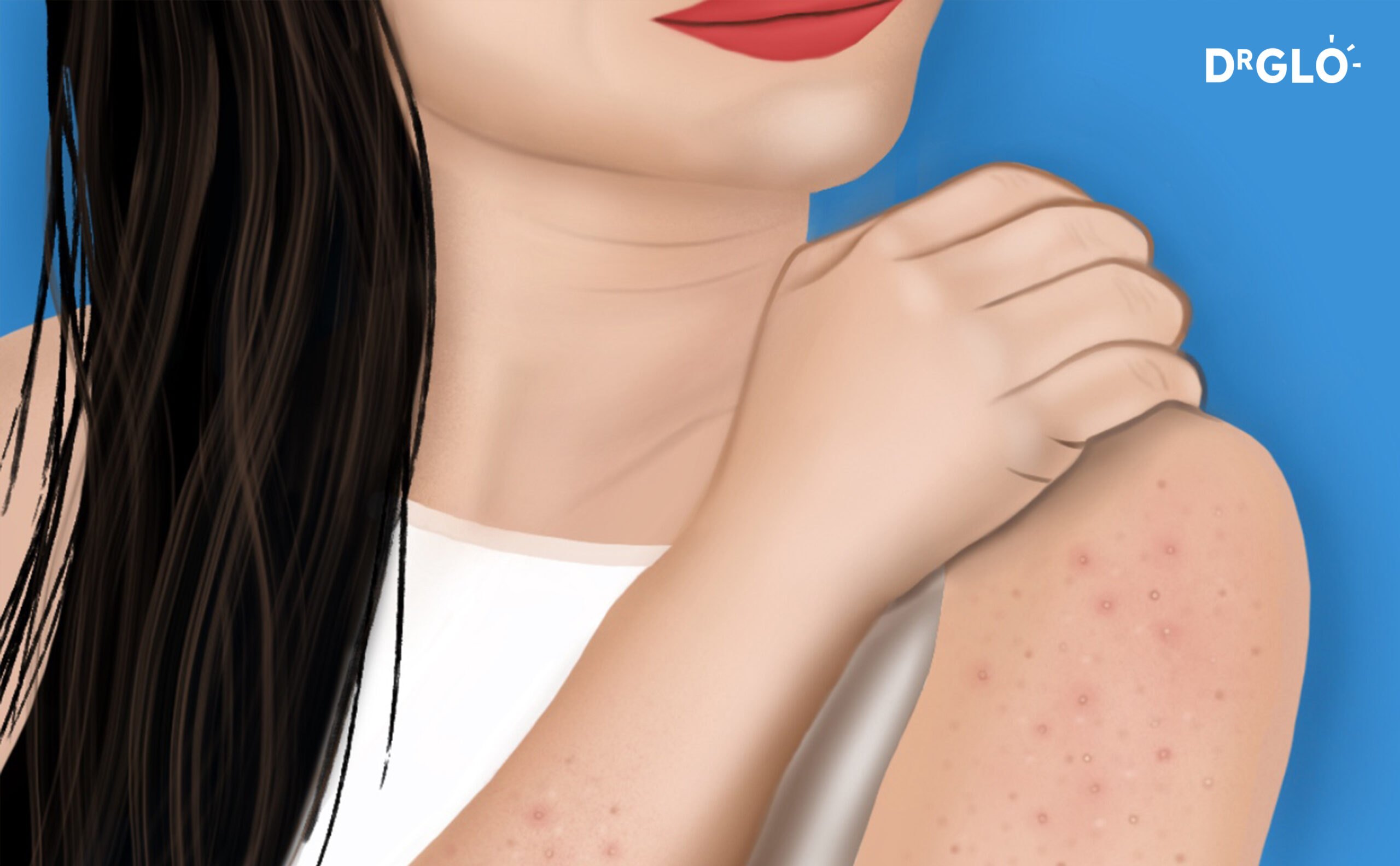

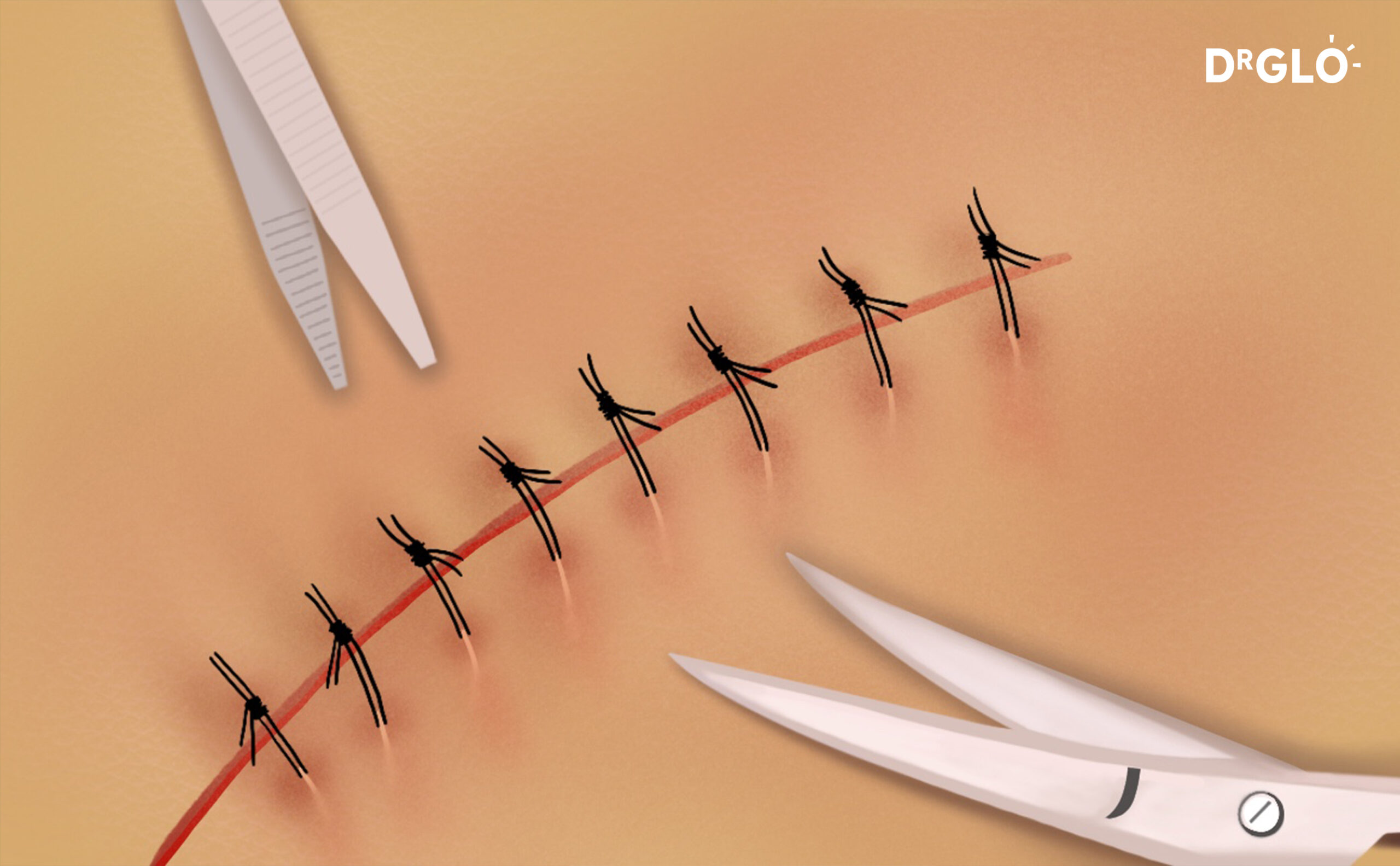
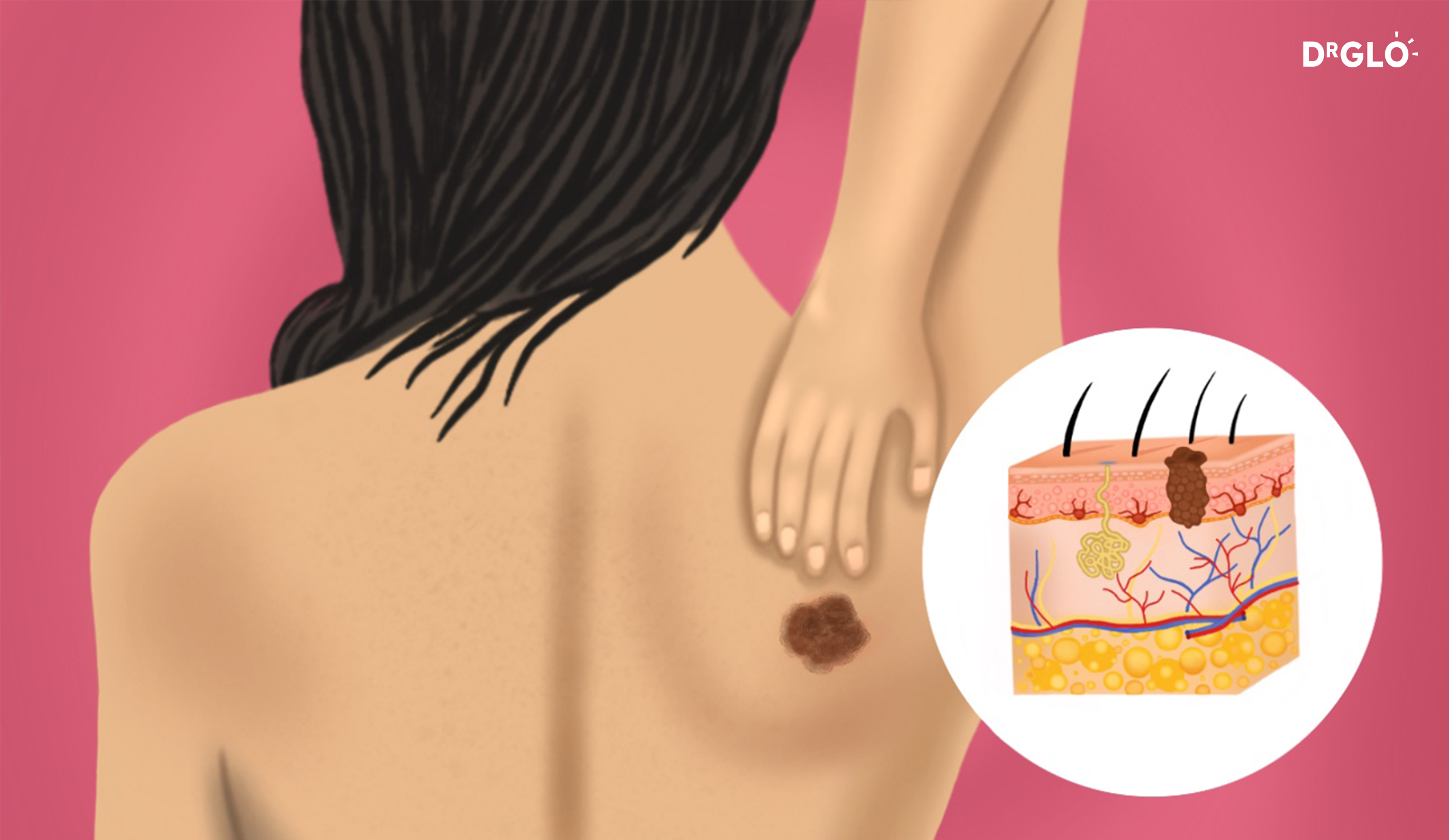
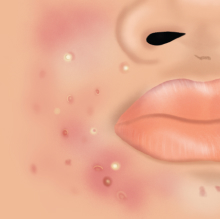

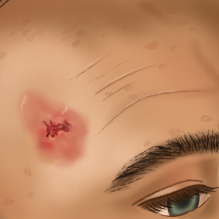

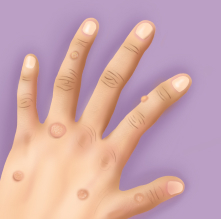

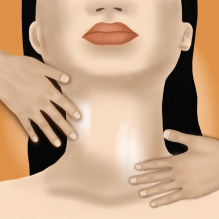
Popular Articles
A Step-by-Step Guide